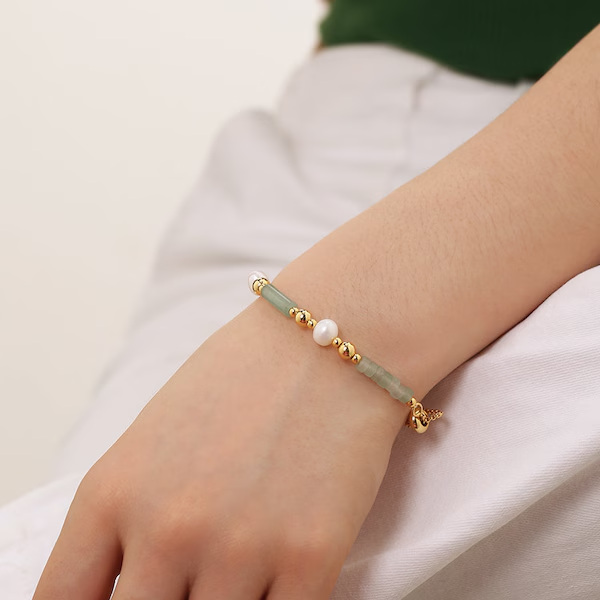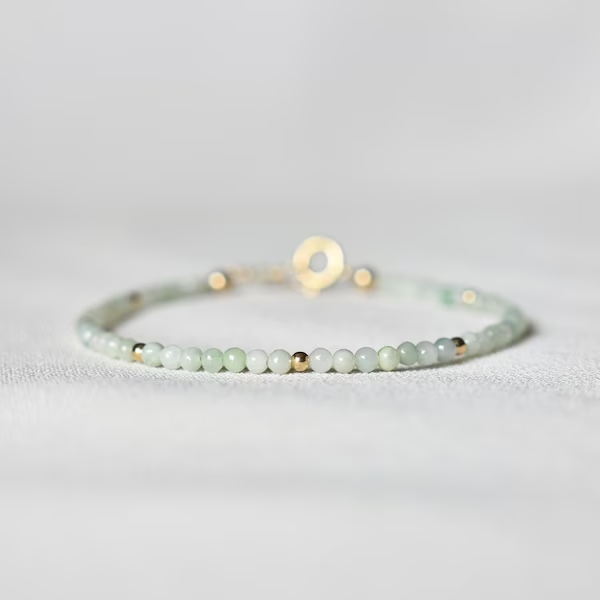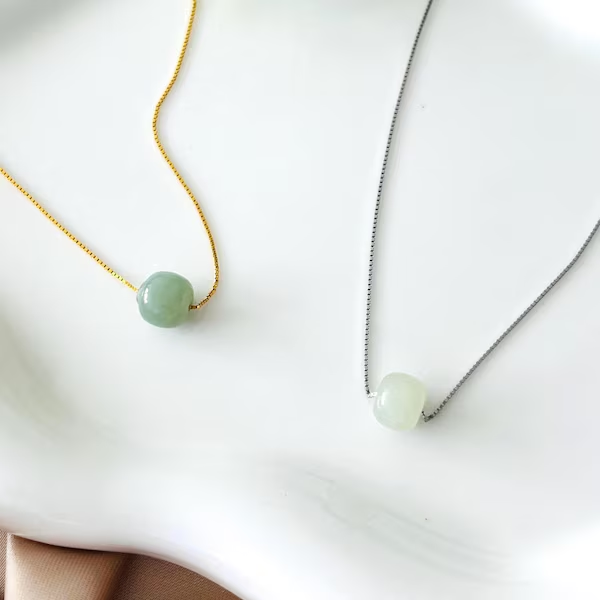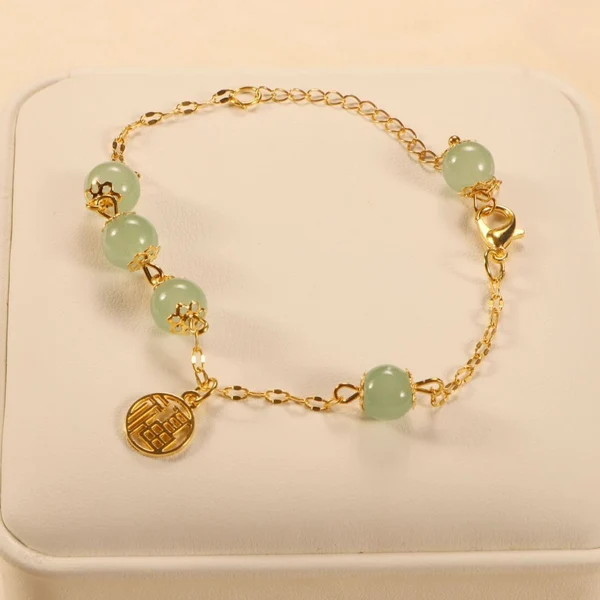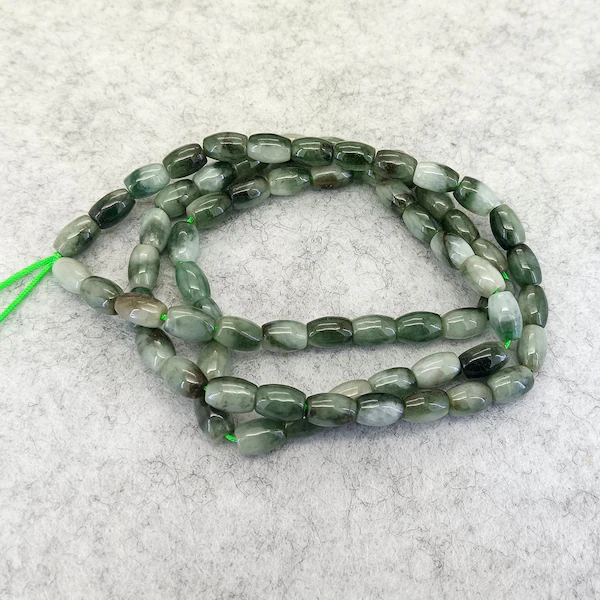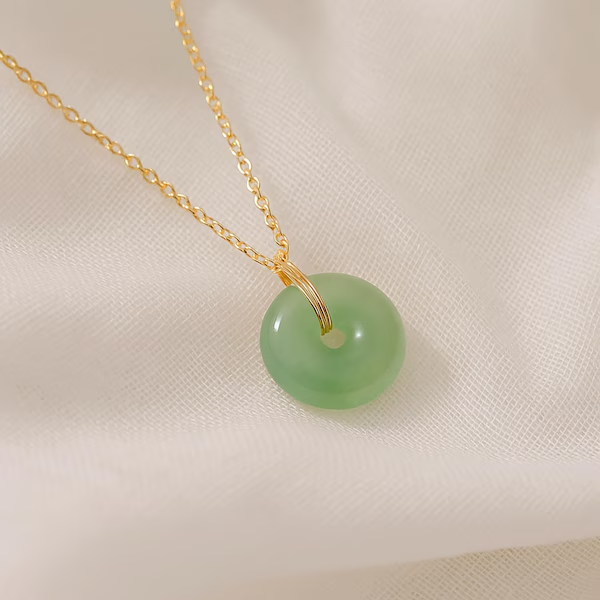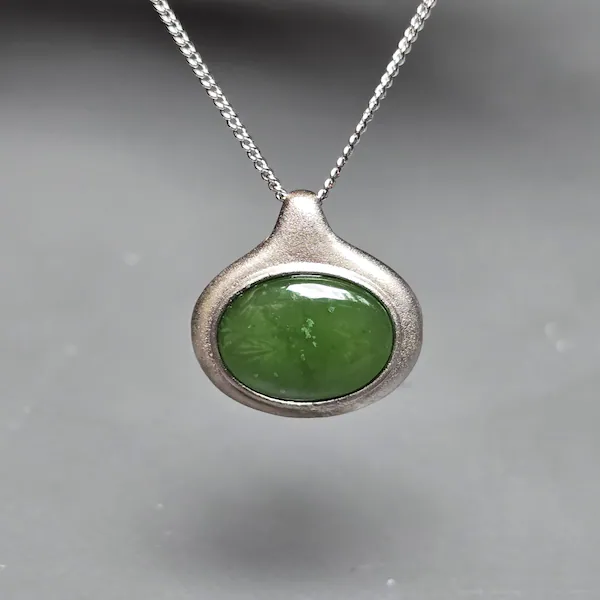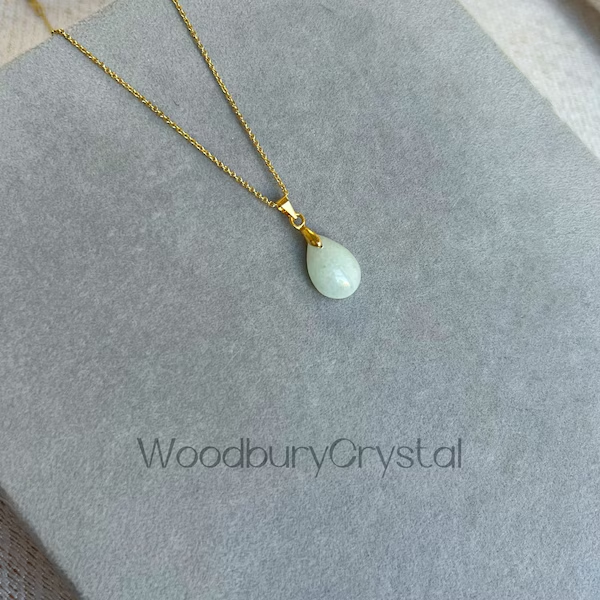Product categories
Authentic Jade vs Fake Jade: How to Tell the Difference | By Real Jade
Jade has fascinated cultures for thousands of years, valued as a symbol of purity, wisdom, and prosperity. But in today’s market, imitations are everywhere, making it hard to tell real jade from fake jade. As Real Jade, we believe in helping buyers, collectors, and jewelry lovers understand the key differences. This guide explains how to identify authentic jade, spot fakes, and make smarter choices when buying jade jewelry or artifacts.
What is Authentic Jade?
Authentic jade refers to two natural minerals: jadeite and nephrite.
Jadeite – The rarer, high-value variety, often found in rich greens, lavender, and white tones.
Nephrite – More common, available in soft greens, creamy whites, browns, and black shades.
Both types of jade are incredibly tough, naturally cool to the touch, and valued for their spiritual and cultural significance.
Common Characteristics of Real Jade
When examining jade, look for these authentic features:
Feels cool in hand – Genuine jade stays cold even in warm conditions.
Translucency – Real jade glows softly when held against light.
Durability – Very hard to scratch; tougher than steel in structure.
Unique texture – Natural fibrous or granular patterns, not perfectly clear.
Resonant sound – Produces a bell-like tone when tapped against another stone.
What Makes Fake Jade Different?
Fake jade is often made of glass, plastic, resin, or dyed quartz. While they may look attractive, they lack the natural qualities of jade.
Signs of Fake Jade:
Feels warm or light in hand.
Overly bright or neon-colored tones.
Perfect clarity with no inclusions.
Scratches easily with a knife.
Bubbles inside (common in glass).
Produces a dull sound when tapped.
Authentic Jade vs Fake Jade: Quick Comparison
| Feature | Authentic Jade | Fake Jade |
|---|---|---|
| Material | Natural jadeite or nephrite | Glass, resin, dyed stones, plastic |
| Feel | Cold, smooth, heavy | Warm, light, sometimes sticky |
| Durability | Hard, tough, resists scratches | Scratches easily |
| Color | Natural shades of green, white, yellow, lavender | Bright, uniform, neon-like |
| Texture | Fibrous, granular, natural flaws | Too perfect, bubbles inside |
| Sound Test | Deep, resonant tone | Dull, flat sound |
How to Test Jade at Home
If you’re unsure whether your jade is real or fake, you can try these simple methods:
Scratch Test – Authentic jade won’t scratch easily with a knife or steel pin.
Magnification – Look for fibrous or granular structures instead of bubbles.
Density Check – Real jade feels heavier compared to glass or plastic.
Light Test – When held against light, genuine jade shows natural textures and soft glow.
Why Choose Real Jade?
Buying authentic jade is about more than just beauty—it’s about heritage, durability, and long-term value.
Cultural Significance – A symbol of protection and prosperity in many cultures.
Investment Value – Genuine jade jewelry and artifacts hold or increase in value.
Longevity – Real jade lasts for generations, unlike fake imitations.
Unique Beauty – Each piece of authentic jade is naturally unique.
The difference between authentic jade vs fake jade comes down to natural qualities like texture, translucency, and toughness. By learning the signs, you can protect yourself from imitations and invest in genuine beauty. At Real Jade, we stand for authenticity, helping you choose jade that’s timeless, meaningful, and truly real.
Can fake jade still look beautiful?
Yes, fake jade can look visually appealing, but it won’t carry the same durability, healing properties, or long-term value as genuine jade.

